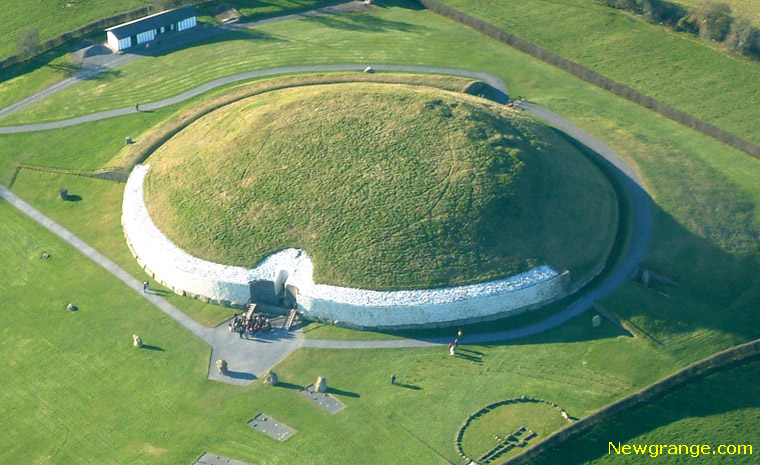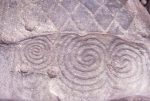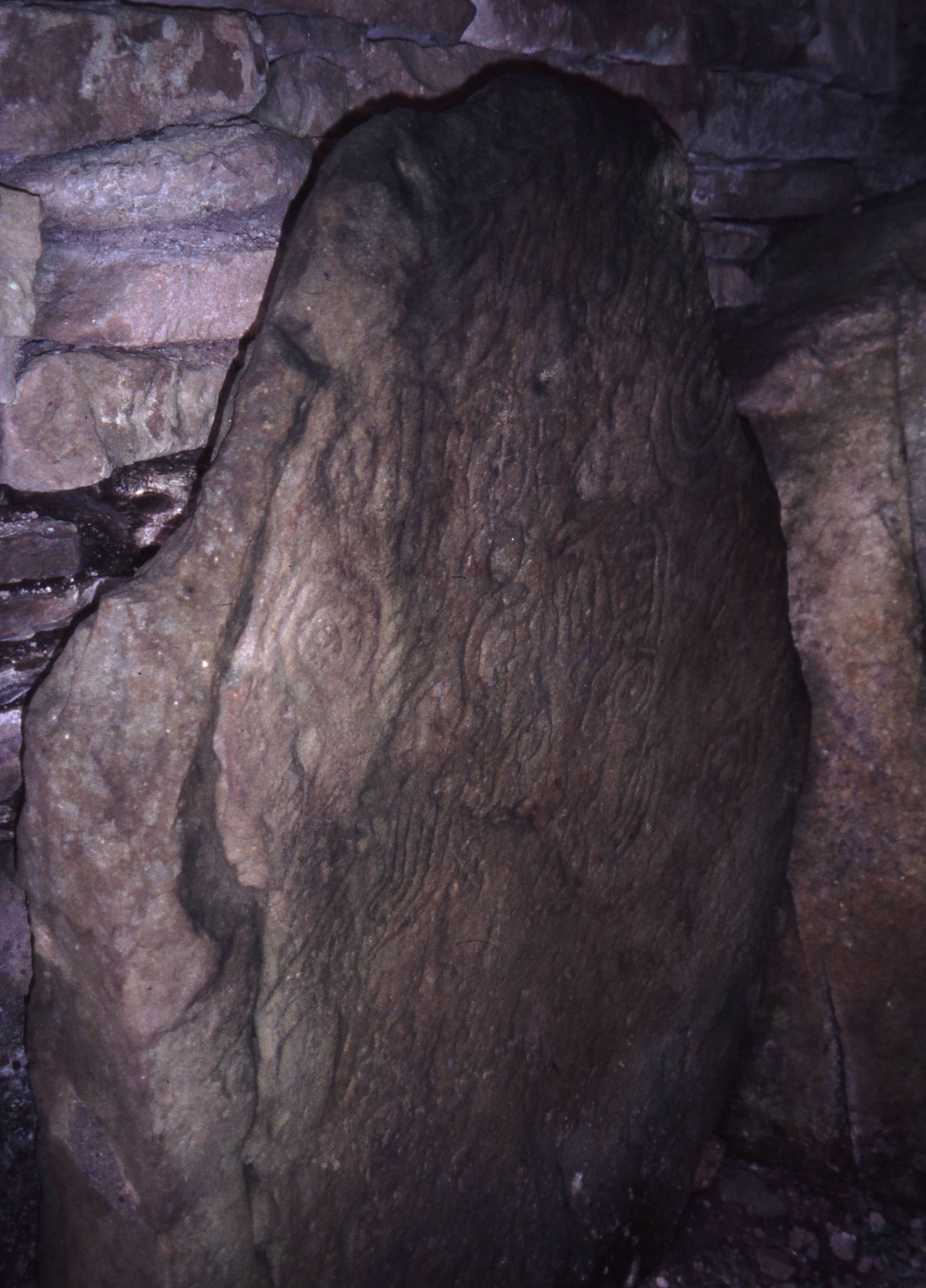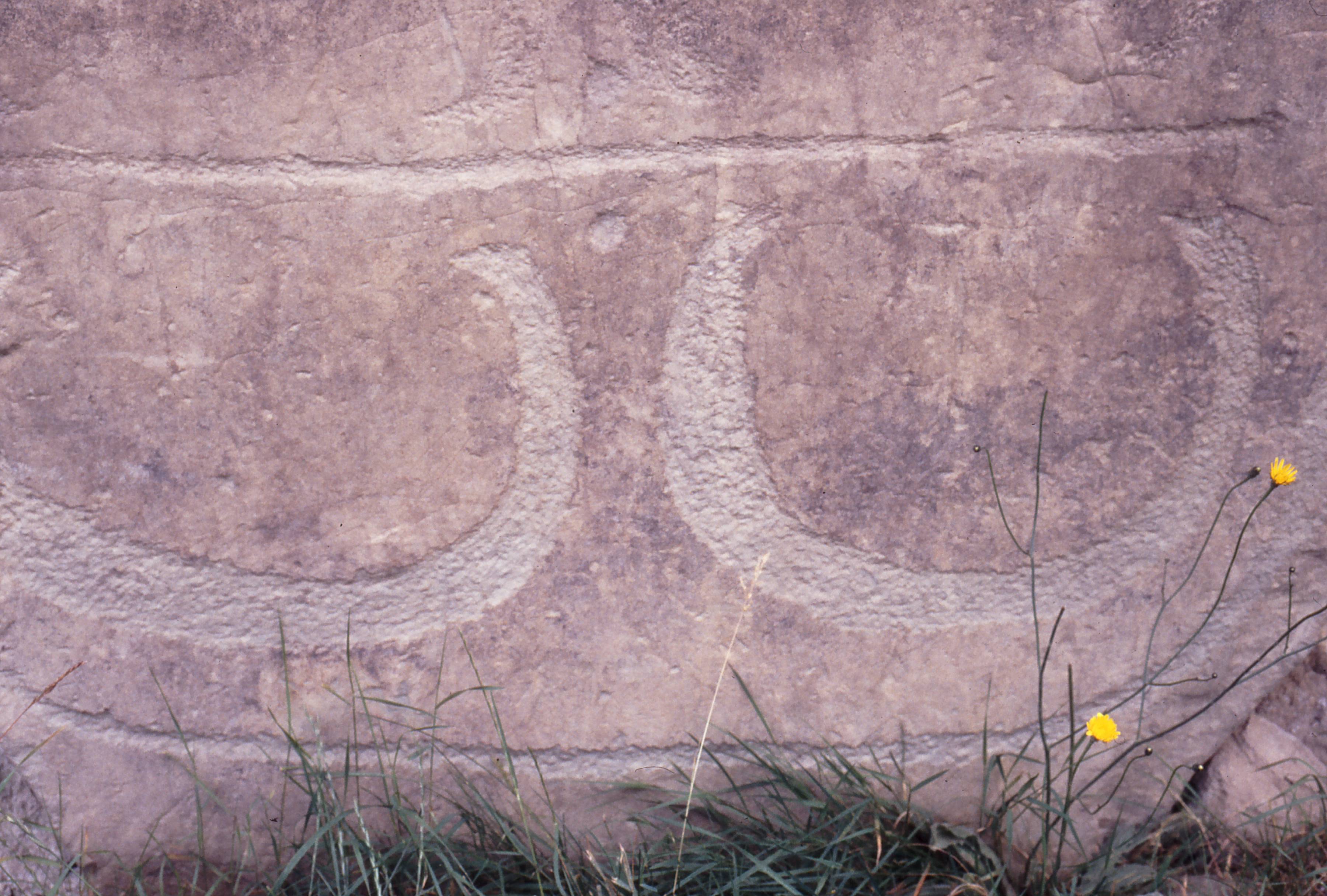
New Grange Passage Tomb
County Meath, Ireland
Est approx 3,000 BCE
1 acre
Burials: 5
 New Grange is a passage tomb that dates back more than 5000 years. That’s older than Stonehenge and the Egyptian pyramids at Giza. Built by Stone Age farmers, the circular mound is 93 yards in diameter, 15 yards high with a 21 yard passage leading to 3 alcoves. At the winter solstice, the passage and middle chamber are aligned with the rising sun so that the sunlight reaches all the way down the passage to illuminate the carved stones in the chamber.
New Grange is a passage tomb that dates back more than 5000 years. That’s older than Stonehenge and the Egyptian pyramids at Giza. Built by Stone Age farmers, the circular mound is 93 yards in diameter, 15 yards high with a 21 yard passage leading to 3 alcoves. At the winter solstice, the passage and middle chamber are aligned with the rising sun so that the sunlight reaches all the way down the passage to illuminate the carved stones in the chamber.

Around the mound are 97 “kerbstones,” some of which are engraved with circles and other artworks.
 Classified as a passage tomb, archaeologists now realize that New Grange was also a spiritual, ceremonial and astrological site. Its positioning not only marked the beginning of the New Year, but some experts suggest that it also symbolized the triumph of life over death.
Classified as a passage tomb, archaeologists now realize that New Grange was also a spiritual, ceremonial and astrological site. Its positioning not only marked the beginning of the New Year, but some experts suggest that it also symbolized the triumph of life over death.
 When excavations and study began in the late 1600’s, the tomb had been previously disturbed so the exact number of burials remains a mystery. However, the cremated remains of 5 bodies were discovered along with bone beads and polished stone pendants. It’s possible that more precious objects were stolen in the earlier intrusions.
When excavations and study began in the late 1600’s, the tomb had been previously disturbed so the exact number of burials remains a mystery. However, the cremated remains of 5 bodies were discovered along with bone beads and polished stone pendants. It’s possible that more precious objects were stolen in the earlier intrusions.

New Grange (so named by much later residents and meaning “outlying farm”) appears in early Celtic mythology as the home of the most important Celtic god Dagda Mor and his son Aongus so it has long been worshipped as a sacred space.
It is just one passage grave in a much larger complex that may include as many of 35 tombs, known collectively as ” Brú na Bóinne” or the Bend in the Boyne River. Here are some photos of other of the mounds.




